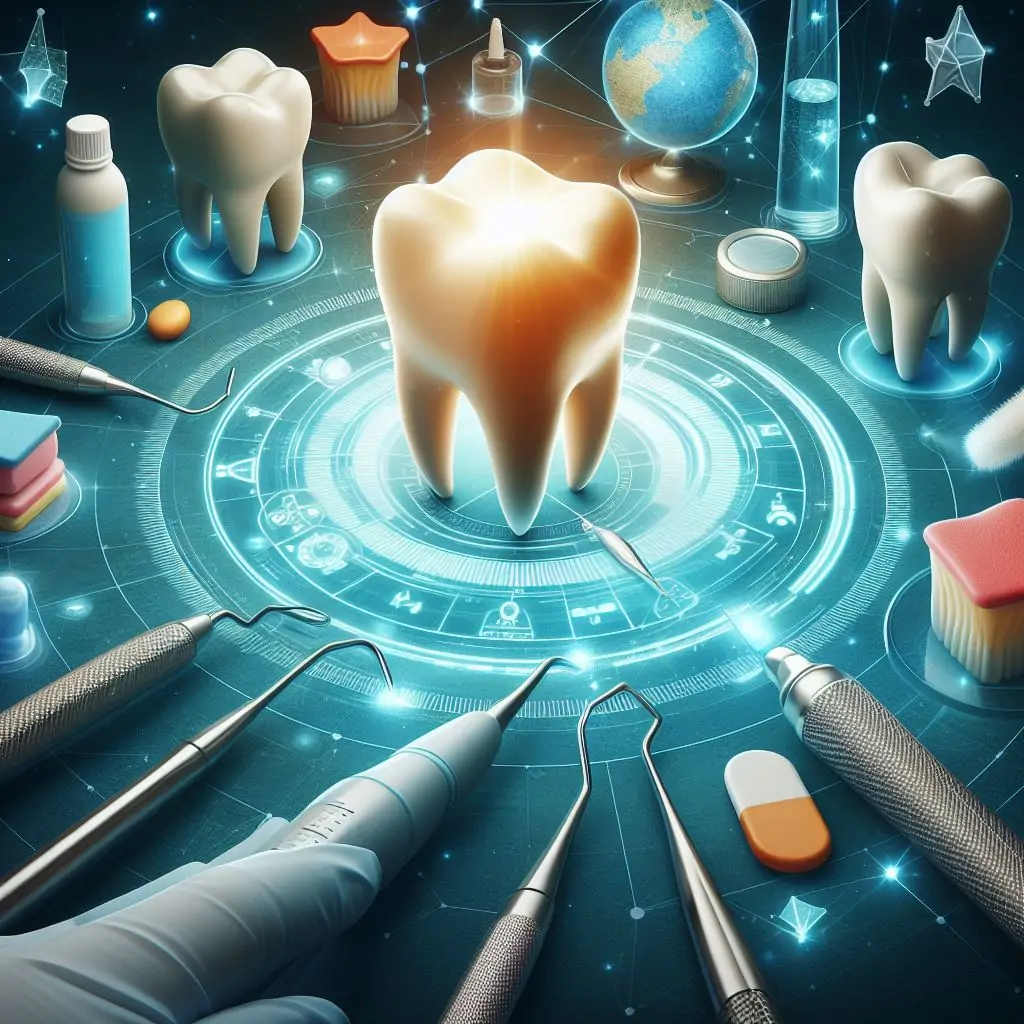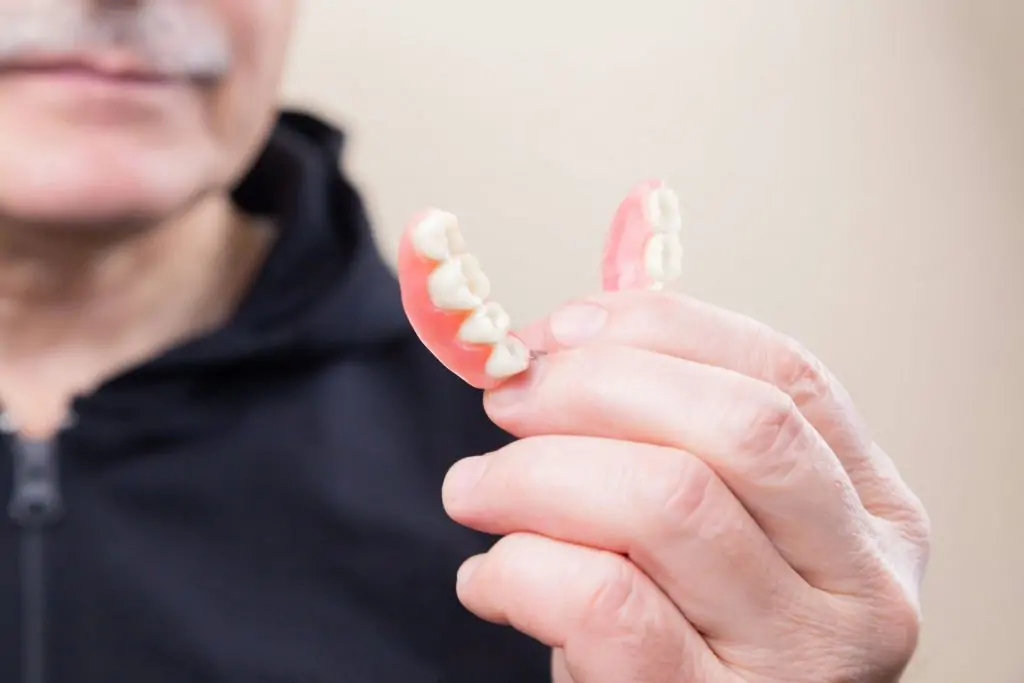
The Importance of Regular Dental Cleanings
Regular dental cleanings are vital for maintaining not just oral health but also for overall well-being. These cleanings, ideally conducted every six months, help remove plaque and tartar that regular brushing and flossing at home can’t eliminate. Doing so prevents the progression of common dental issues like cavities and gingivitis and more severe conditions such as periodontitis.
Explanation of How Dental Cleanings Prevent Oral Diseases
- Plaque and Tartar Control: Dental cleanings target the removal of plaque a soft, sticky film containing millions of bacteria and tartar, which is hardened plaque. This bacteria can lead to tooth decay and gum disease if not professionally removed.
- Preventing Gum Disease: By regularly eliminating plaque and tartar, especially from below the gum line, dental cleanings avoid the onset and progression of gum diseases, including gingivitis and periodontitis.
- Halting Tooth Decay: Regular plaque removal decreases the likelihood of cavities since plaque contains acids that erode the tooth enamel.
The Role of Cleanings in Overall Health, Beyond Just Dental Wellness
The state of your oral health can reflect and affect your overall health. Poor oral hygiene has been linked to several systemic diseases:
- Heart Disease and Stroke: Bacteria from the mouth can enter the bloodstream and contribute to heart diseases. Regular dental cleanings can reduce this risk by checking oral bacteria.
- Diabetes Management: People with diabetes are more susceptible to gum disease, which in turn can exacerbate diabetes symptoms. Regular dental cleanings play a crucial role in managing this interlinked relationship.
Pre-Cleaning Assessment
Initial Oral Examination
The cleaning process usually starts with a comprehensive oral examination. This involves checking for cavities, examining the health of your gums, and looking for any signs of oral cancer.
Importance of Updating Medical History
Providing your dentist with an updated medical history is crucial for safe dental care. Certain medical conditions and medications can significantly impact your dental health and the approach to dental procedures.
Plaque and Tartar Removal
Scaling
This is where dental professionals use specialized tools to remove plaque and tartar. It’s a meticulous process that ensures even the hard-to-reach areas are cleaned.
Tools Used
The tools for this procedure include ultrasonic scalers, which use vibrations to loosen and remove tartar, and delicate hand tools for scraping off plaque and tartar.
Teeth Polishing
Reasons and Methods
After scaling, teeth are polished to remove surface stains and any remaining plaque. This uses a soft, spinning brush and a unique toothpaste-like material.
Prophylactic Pastes
These pastes come in different grittiness levels and flavors. They polish the teeth and create a smooth surface that’s less likely to harbor plaque and bacteria.
Flossing and Inspection
Role of Professional Flossing
Dental professionals floss to remove any plaque or food particles that might have been missed during brushing and scaling. This is also an opportunity to check the effectiveness of a patient’s regular flossing routine.
Identifying Problem Areas
Areas, where bleeding or discomfort occurs during flossing, indicate potential problems like gum disease or cavities between teeth.
Fluoride Treatment
Strengthening Teeth
Fluoride treatments aid in remineralizing tooth enamel, making teeth more resistant to decay. It’s essential to dental cleaning, especially for those at high risk for cavities.
Types of Treatments
These can include fluoride varnish, gel, or foam, often applied directly to the teeth with a brush, tray, or mouthwash.
Post-Cleaning Checkup
Final Examination
After cleaning, the dentist performs a final inspection to ensure all issues are addressed. This includes checking teeth’ cleanliness, gums’ health, and the effectiveness of any therapeutic work like fillings and crowns.
Recommendations
Based on the findings, the dentist might advise on specific areas of oral care, recommend additional treatments, or suggest changes in diet or lifestyle that can improve oral health.
The Role of the Patient in Oral Hygiene
Home Care Routines
Effective oral hygiene at home is essential. This includes proper brushing techniques, flossing daily, and using mouthwash. Maintaining a diet low in sugar and acid can significantly reduce the risk of tooth decay and gum disease.
Advanced Cleaning Procedures (If Necessary)
Deep Cleaning Procedures
For patients with signs of gum disease or severe tartar buildup, deep cleaning procedures like root planing and scaling are necessary. These are more intensive than regular cleanings and involve cleaning the roots of the teeth and the pockets between teeth and gums.
When Needed
These treatments are recommended for treating gum disease and preventing its progression, which can lead to tooth loss and other health complications.
Pediatric Dental Cleaning
Different Approaches
Children’s dental cleanings are tailored to be less intimidating and more engaging. Pediatric dentists often use specific tools and techniques suitable for children’s smaller mouths and more sensitive teeth and gums.
Importance of Early Education
Early on, educating children about good oral hygiene practices sets a foundation for lifelong dental health. This includes proper brushing, regular dental visits, and a positive attitude towards dental care.
Managing Dental Anxiety
Techniques and Practices
For patients with dental anxiety, various techniques are employed, including a calm and reassuring environment, clear explanations of each step, and sometimes distraction techniques or sedation.
Sedation Options
Depending on the severity of anxiety and the nature of the procedure, different levels of sedation may be used, from mild (like nitrous oxide) to moderate or deep sedation.




